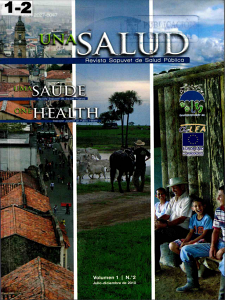Abstract
Animal biomodels have been used since ancient times in the study of physiological and pathological processes. This knowledge has been the baseline for many human studies and has contributed to the improvement in life quality of many people. In the last decades, important advances have been reached in the microbiological and genetic definition of these biomodels, in the facilities for their maintenance and also, in a parallel way, in the improvement of their welfare based in the three R’s principles (Replacement, Reduction, and Refinement). In the infectious disease research and within these, in the zoonotic diseases research, that are still the main cause for mortality and disability in a lot of countries, the animal biomodels have been fundamental in understanding physiopathological processes, in the development of new diagnostic tests, and also in their prevention and control with the development and testing of new vaccines, drugs and treatment protocols. In this paper, historical and technical aspects of this biomodels are reviewed and their essential role in the research of some infectious diseases of Veterinary Public Health importance is discussed.Downloads
Download data is not yet available.



